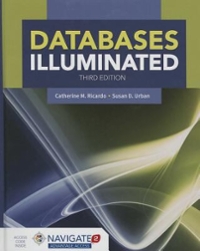Answered step by step
Verified Expert Solution
Question
1 Approved Answer
Question 2 ( 2 points ) Given four inputs: a , b , c & d , where ( a , b ) represents a
Question points
Given four inputs: a b c & d where a b represents a bit unsigned binary number X; and c d represents a bit unsigned binary number ie both and are in the range # to #
The output is which is whenever and otherwise this circuit is part of a bit comparator" For instance, if ie#; ie#; then since bZ
Build the truth table point

Step by Step Solution
There are 3 Steps involved in it
Step: 1

Get Instant Access to Expert-Tailored Solutions
See step-by-step solutions with expert insights and AI powered tools for academic success
Step: 2

Step: 3

Ace Your Homework with AI
Get the answers you need in no time with our AI-driven, step-by-step assistance
Get Started


